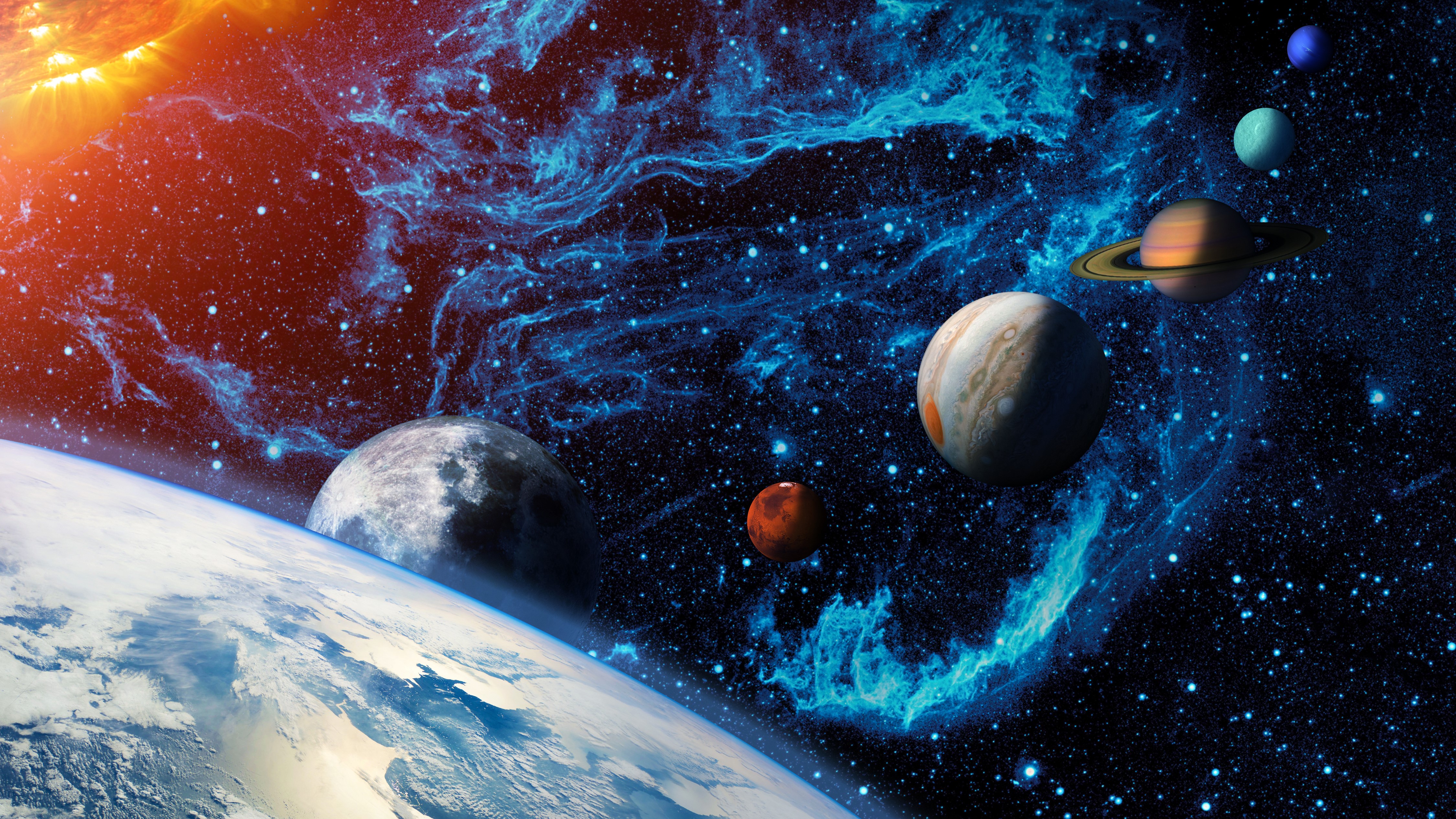Minerals evolve under pressure in the same way life does, researchers find
Researchers say they've discovered evidence for the recently proposed 'law of increasing functional information' by proving that minerals evolve as life does.

Last year, scientists proposed that all complex systems in the universe evolve in a similar way to life — including stars, planets and technology. Now, researchers claim they've found evidence of this unifying law in minerals.
The new study is a proof of concept for the recently proposed "missing law" that explains why so many complex systems appear to become more complex over time. This law of increasing functional information, presented in October 2023, expanded Charles Darwin's theory of evolution by natural selection to include non-living systems.
The researchers behind the new study demonstrated that, just like life, minerals consistently become more complex over time when subject to selection pressures. They published their findings in the July volume of the journal PNAS Nexus.
"Ultimately, we hope this work contributes to developing a theory that unifies how all complex systems, both living and nonliving, evolve over time," study co-author Michael Wong, an astrobiologist and planetary scientist at the Carnegie Science research institute in Washington, D.C., told Live Science. "A result that we believe would be transformative to science."
Related: Discovery of 'dark oxygen' from deep-sea metal lumps could trigger rethink of origins of life
The law of increasing functional information states that "the functional information of a system will increase (i.e., the system will evolve) if many different configurations of the system undergo selection for one or more functions."
If the proposed law is correct, then minerals and other complex systems should become more complex and display an increase in functional information under continued selection pressures. This functional information is the number of configurations in a system that can perform a particular function, according to the study. In this case, the configurations are the minerals and the function is stability over time or static persistence, so the complexity is measured by the number of stable minerals.
Sign up for the Live Science daily newsletter now
Get the world’s most fascinating discoveries delivered straight to your inbox.
To test the law, researchers used a computer model to measure mineral complexity over nine proposed stages of mineral evolution and estimate the fraction of all possible chemical formulas observed in those minerals from one stage to the next.

Over a period of more than 4.6 billion years, starting with the earliest known minerals from before Earth formed around 4.54 billion years ago and ending with all of the minerals on our planet today, the number of mineral types increased from 27 to around 9,000, according to the study. This increase in Earth's mineral complexity also occurred at each mineral evolution stage — the first stage being the formation of the earliest minerals and the final stage being modern-day Earth, where mineral creation is facilitated by life.
"Each stage builds on what came before," study lead author Robert Hazen, a scientist researching the roles of minerals in life's origins at Carnegie Science, told Live Science. "You have this stepping stone where you have to get to one stage of mineral evolution before you can go on to the next."
This proposed mineral evolution is broadly similar to the evolution of life, which started with simple single-celled organisms that evolved into multicellular complex life forms. However, the researchers noted that there appears to be a limit on mineral diversity because of a finite number of chemical combinations — and according to their model, Earth's minerals are approaching that limit.
This restriction would make mineral evolution "bounded," while the evolution of living organisms is "unbounded," with no limits on how complex life can become, according to the study.
Hazen and Wong said that they would continue to work on the law, looking for common themes between complex systems, which could even include language, music and other human endeavors.
"In our own lives, we experience this increase in functionality," Wong said. "This is something we're trying to put into a scientific context."
Wong pointed to the increasing complexity of phones, which started as simple devices for making calls and became the powerful, multipurpose smartphones we use today. Meanwhile, Hazen believes that developing this law is an opportunity to answer one of humanity's biggest questions.
"I think all of us, every human being, has some variation of the question, 'Why is there something rather than nothing in the cosmos?'" Hazen said. "We feel that it has to be a lawful process."

Patrick Pester is the trending news writer at Live Science. His work has appeared on other science websites, such as BBC Science Focus and Scientific American. Patrick retrained as a journalist after spending his early career working in zoos and wildlife conservation. He was awarded the Master's Excellence Scholarship to study at Cardiff University where he completed a master's degree in international journalism. He also has a second master's degree in biodiversity, evolution and conservation in action from Middlesex University London. When he isn't writing news, Patrick investigates the sale of human remains.









